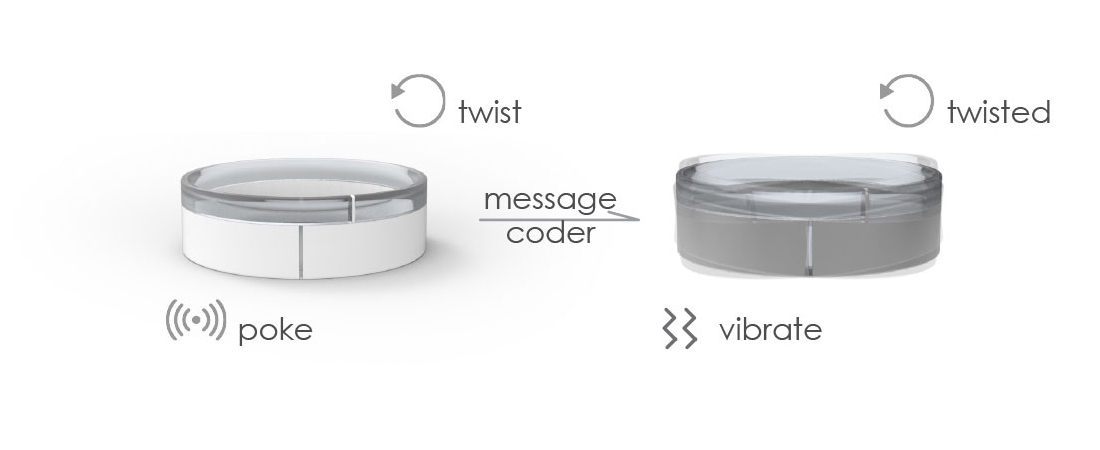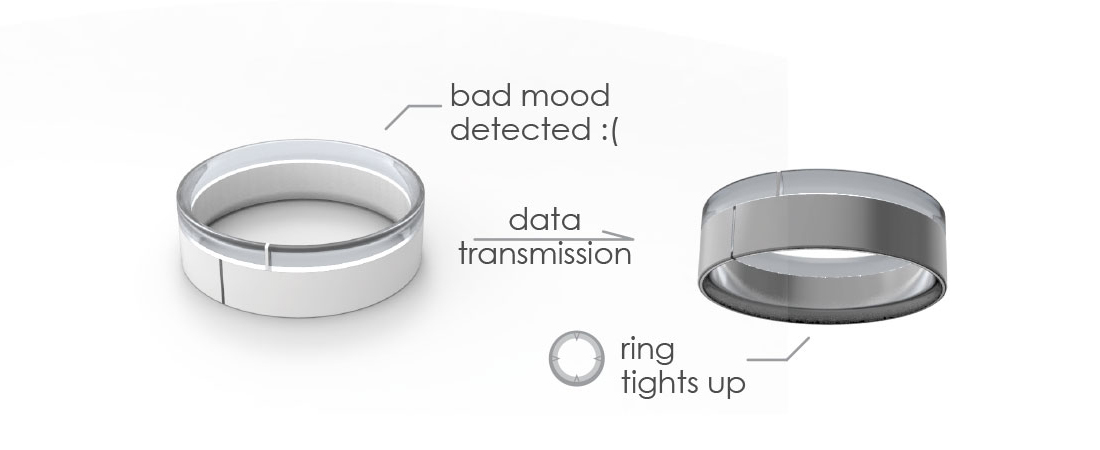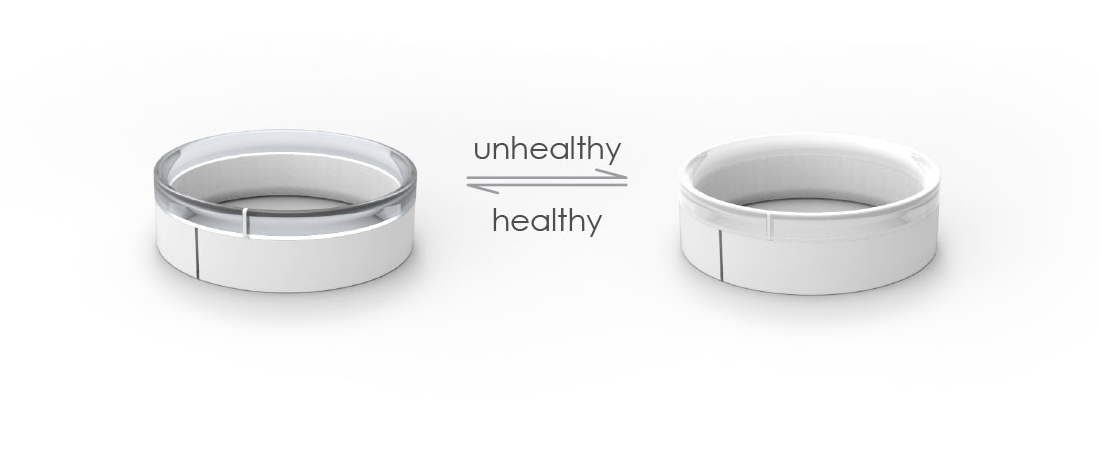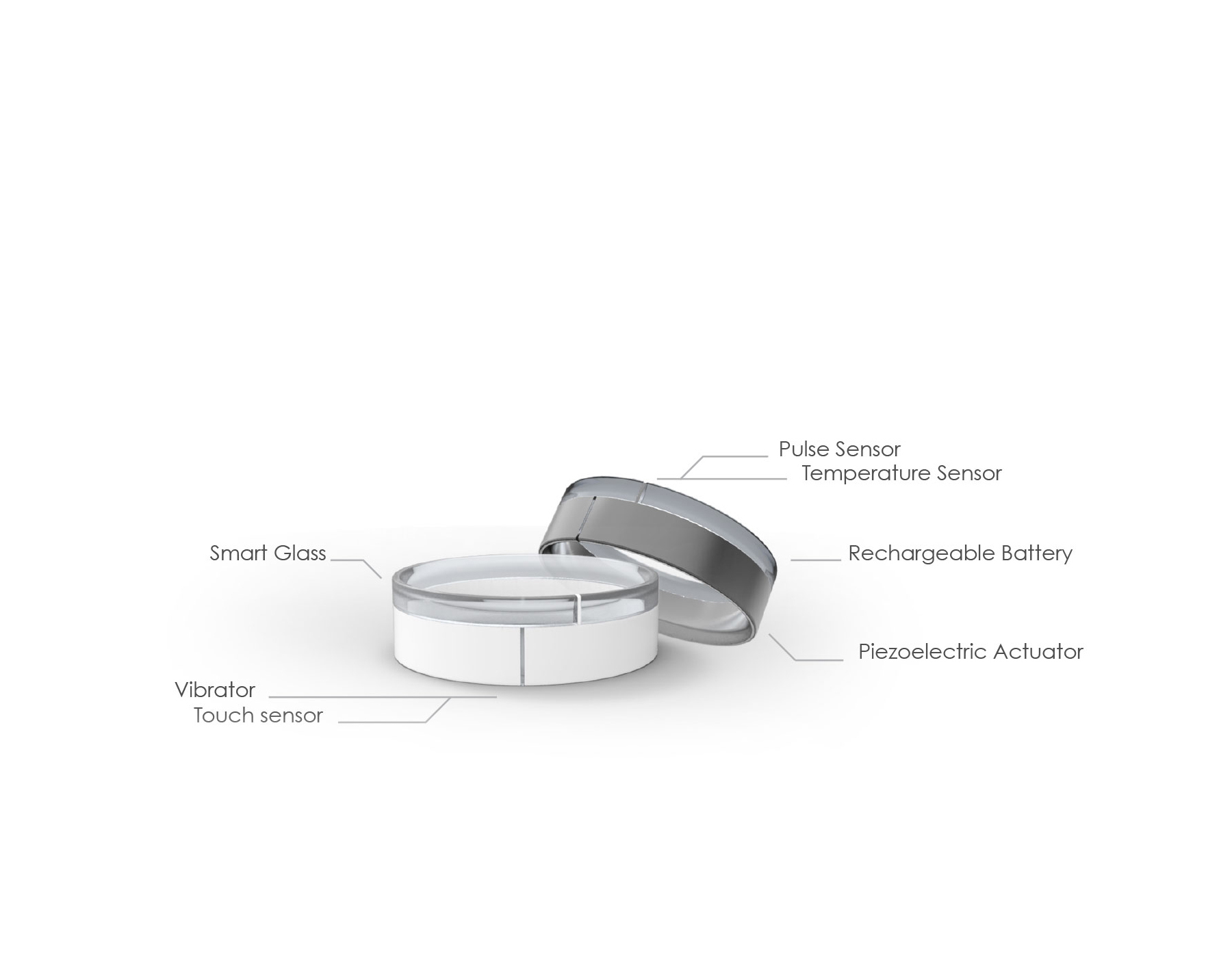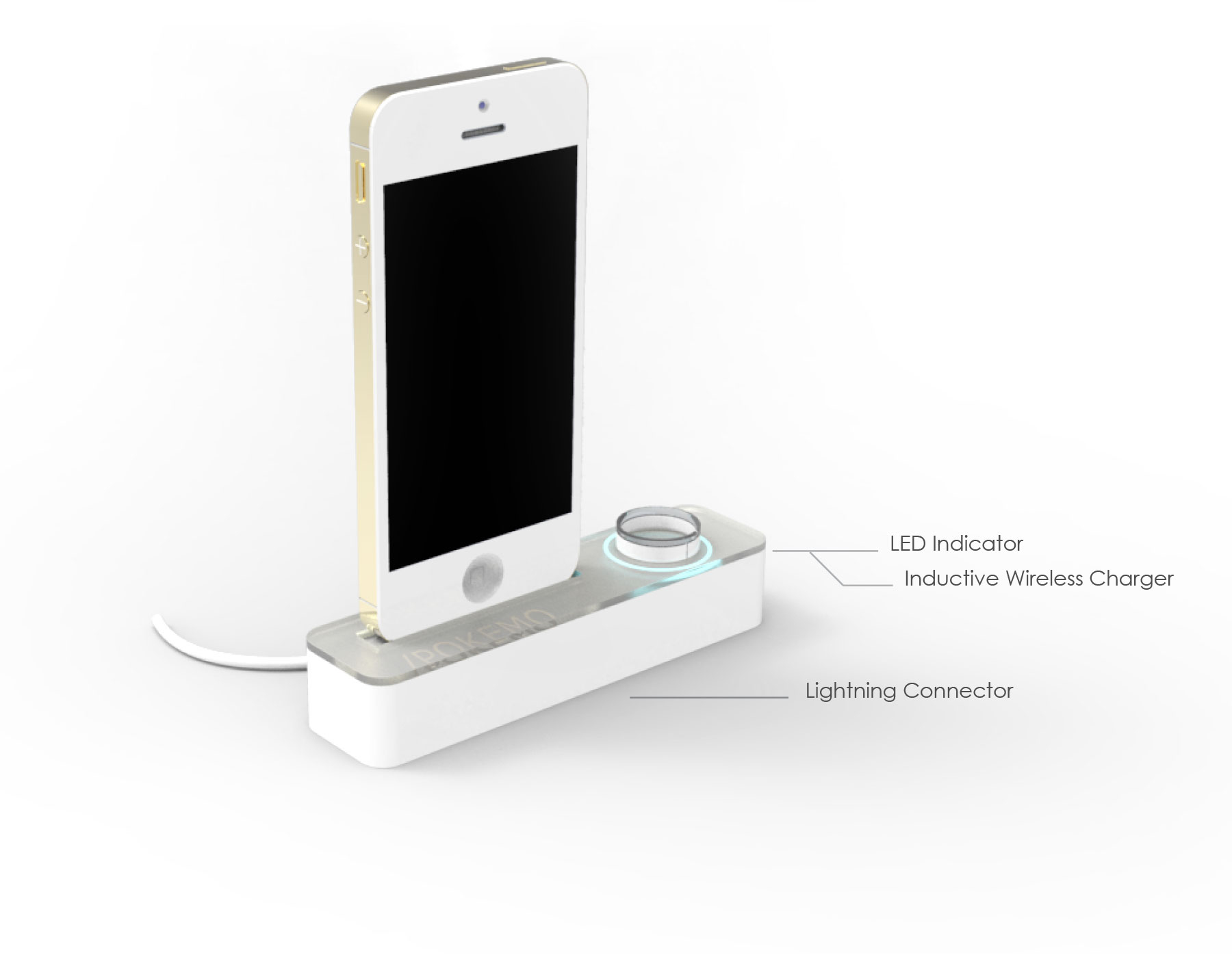CONTROL PROGRAM
import processing.serial.*;
import cc.arduino.*;
Arduino arduino; // main device
// poke variables
int touchSensorReading = 0;
static final int pokeTouchDigitalPin = 2;
static final int pokeViberatorDigitalPin = 13;
int touchingCounter = 0;
// badMoodAlert variables
static final int badMoodAnalogPin = 0;
static final int badMoodServoMotorPin = 10;
int miniServoOutput = 0;
float gsrThreshold = 0;
int gsrSensorInput = 0;
int servoMotorResumingTime = -1;
ServoMotorStatus servoMotorStatus = ServoMotorStatus.IDLE;
// twist variables
static final int twistAnalogPin = 5 ;
static final int twistServoMotorPin = 11;
int servo995Output = 0;
int twistInput = 0;
int previousTwistInput = 0;
int twistThreshold = 8;
void setup(){
println("starting up the system...\n==========");
// poke module initialization
println("initializing poke function... ");
arduino = new Arduino(this, Arduino.list()[5], 57600);
arduino.pinMode(pokeTouchDigitalPin, Arduino.INPUT);
arduino.pinMode(pokeViberatorDigitalPin, Arduino.OUTPUT);
println("poke function initialization done\n==========");
// badMoodAlert
println("initializing bad mood detection... ");
long sum = 0;
arduino.pinMode(badMoodAnalogPin, Arduino.INPUT); //declare gsr into pin
arduino.pinMode(badMoodServoMotorPin, Arduino.SERVO); //D11 control mini servo
miniServoOutput = 0;
arduino.servoWrite(badMoodServoMotorPin, miniServoOutput);//setup ring in relax mode
delay(1000); // wait for the miniServo to reset
for(int i=0;i<1000;i++){
gsrSensorInput=arduino.analogRead(badMoodAnalogPin);
sum += gsrSensorInput;
delay(5);
}
gsrThreshold = sum/1000;
print("gsrThreshold = ");
println(gsrThreshold);
println("bad moon detection initialization done\n==========");
// twist
println("initializing twist detection... ");
arduino.pinMode(twistAnalogPin, Arduino.INPUT); //declare potentiometer input pin
arduino.pinMode(twistServoMotorPin, Arduino.SERVO); //D10 control servo 995
servo995Output = 95; // adjusted value for servo 995
arduino.servoWrite(twistServoMotorPin, servo995Output);//setup ring upper mark pointing middle
println("bad moon detection initialization done\n==========");
void draw(){
// poke logic
touchSensorReading = arduino.digitalRead(pokeTouchDigitalPin);
if (touchSensorReading > 0){
if(touchingCounter > 5){
println("touched, touchSensor reading : " + touchSensorReading);
arduino.digitalWrite(pokeViberatorDigitalPin, Arduino.HIGH);
}
touchingCounter++;
}
else{
touchingCounter = 0;
arduino.digitalWrite(pokeViberatorDigitalPin, Arduino.LOW);
}
// badMoodAlert logic
switch (servoMotorStatus){
case IDLE:
gsrSensorInput = arduino.analogRead(badMoodAnalogPin);
println("GSR threshold : " + gsrThreshold + "GSR Sensor Value = " + gsrSensorInput );
miniServoOutput = (int)abs(gsrThreshold - gsrSensorInput);
if(miniServoOutput > 120){ // if current value differes from threshold by 50 check again to reduce noise
gsrSensorInput = arduino.analogRead(badMoodAnalogPin);
miniServoOutput = (int)abs(gsrThreshold - gsrSensorInput);
if(miniServoOutput > 120){ // if it's still larger than 50
servoMotorStatus = ServoMotorStatus.OPERATING;
servoMotorResumingTime = (second() + 3) % 60; // 3 seconds for motor to rotate
arduino.servoWrite(badMoodServoMotorPin, 0);
println("bad mood detected");
}
}
break;
case OPERATING: // OPERATING
// println("operating");
if(second() == servoMotorResumingTime){
arduino.servoWrite(badMoodServoMotorPin, 10); // reset the motor position
servoMotorResumingTime = (second() + 1) % 60; // 1 second to reset
servoMotorStatus = ServoMotorStatus.RESETTING;
}
break;
case RESETTING: // RESETTING
// println("resetting");
if(second() == servoMotorResumingTime){
servoMotorStatus = ServoMotorStatus.IDLE;
}
break;
}
// twist logic
twistInput = arduino.analogRead(twistAnalogPin);
if(abs(twistInput - previousTwistInput) > twistThreshold){
if(twistInput <= 505){
if(twistInput > 145){
servo995Output = 172 - (int)((twistInput - 145)/4.235);
}
else{
servo995Output = 172;
}
}
else{
if(twistInput < 853){
servo995Output = 172 - (int)((twistInput - 505)/4.5 + 95);
}
else {
servo995Output = 10;
}
}
println(servo995Output);
arduino.servoWrite(twistServoMotorPin, servo995Output);
}
previousTwistInput = twistInput;
}



